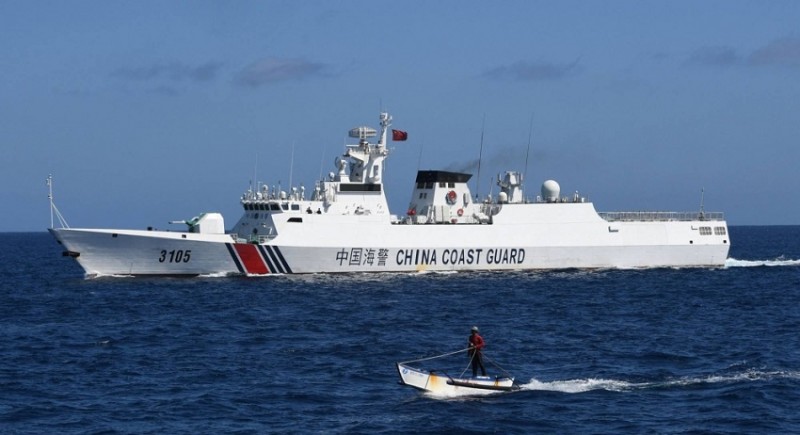
Hong Kong: Chairman Xi Jinping, in a clear show of assertiveness towards the Philippines, seems to have directed agencies like the China Coast Guard (CCG), under his command, to increase their presence and activity in the South China Sea.
The Second Thomas Shoal has become a significant point of contention in the South China Sea, located 194km west of the Philippine island of Palawan. It's where the old landing ship BRP Sierra Madre was grounded in 1999 to strengthen Manila's territorial claim, now just 32km from China's Mischief Reef military base.
China's aggressive actions towards Philippine resupply missions to the Sierra Madre's garrison have intensified recently. Last year, incidents included a swarm of 38 Chinese vessels disrupting a resupply mission in November and the deliberate ramming of a Philippine vessel in December.
During resupply missions this year, the CCG has consistently used water cannon against Philippine civilian vessels, causing damage and injuries to crew members.
In response to the latest incident in late March, Philippine Coast Guard (PCG) spokesman Commodore Jay Tarriela criticized China's actions, stating, "Their barbaric act of using water cannon to attack the resupply boat that endangered the lives of the Filipino troops is a clear violation of international law."
China's tactics in the South China Sea involve aggressive maneuvers by the CCG and People's Armed Forces Maritime Militia (PAFMM), often supported by the People's Liberation Army (PLA). For instance, a PLA helicopter was observed hovering low over Philippine scientists on Sandy Cay, just 3km from Philippine-occupied Thitu Island, in an attempt to force them away.
The Philippines occupies several features in the Spratly Island chain, with Thitu Island being the largest. However, China's extensive land reclamation efforts in the area have significantly expanded its territory.
The recent administration under President Ferdinand Marcos Jr. has taken a more proactive approach in defending Philippine sovereignty compared to his predecessor. Despite efforts to resolve differences peacefully, China's aggressive actions persist.
Amid China's aggressive posture, the Philippines has shifted its strategy, highlighting China's unlawful actions in the West Philippine Sea. Manila emphasizes that escalating tensions are solely caused by China's actions, not by any external factors.
Diplomatic tensions between the Philippines and China have escalated, with Manila lodging numerous protests against China's actions in the South China Sea. The recent increase in military cooperation between the Philippines, the United States, and Japan signifies growing international support for Manila.
China's refusal to abide by international law, particularly regarding territorial disputes in the South China Sea, has drawn criticism from various nations. The Philippines continues to assert its rights based on international law, particularly the United Nations Convention on the Law of the Sea (UNCLOS).
As tensions escalate, Manila must maintain strong resolve with the support of its allies to safeguard its territorial integrity in the South China Sea.
China Unveils New Names for Arunachal Pradesh Locations Amid Tensions with India
India Asserts Sovereignty Over Arunachal Pradesh Amid China's Claims
China Emerges Victorious in WTO Dispute with Australia Over Steel Products